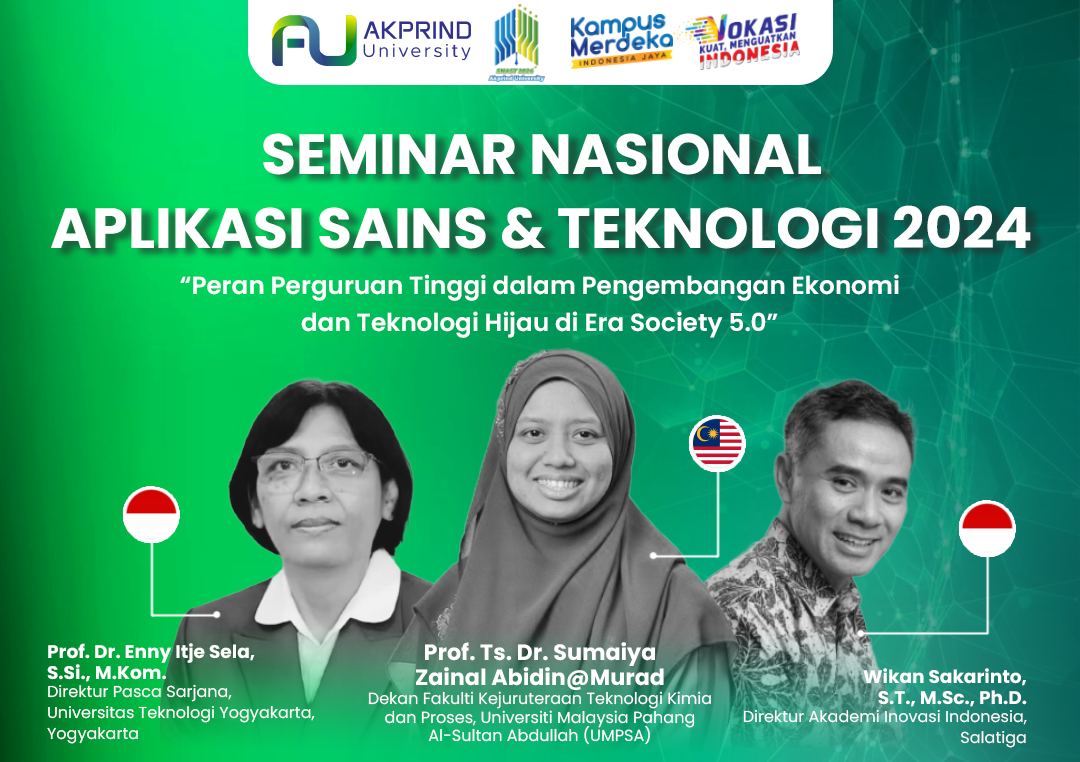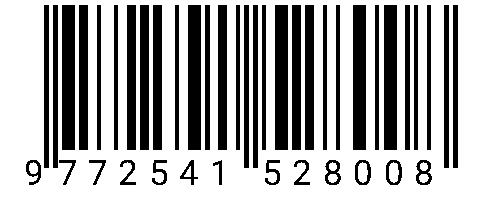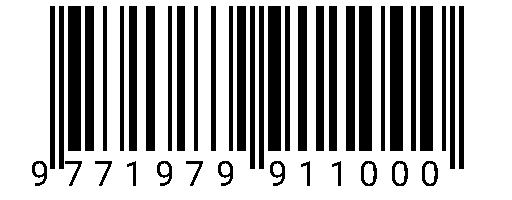PENGARUH MASSA ABSORBER KOH DAN MASSA KATALIS ZEOLIT ALAM TERHADAP PRODUK PIROLISIS TANDAN KOSONG KELAPA SAWIT DENGAN REAKTOR MICROWAVE
DOI:
https://doi.org/10.34151/prosidingsnast.v1i1.4973Keywords:
catalyst, empty palm fruit bunch, KOH absorber, microwave pyrolysis, product yieldAbstract
This research aims to explore the effects of varying the mass of the KOH absorber and natural zeolite catalyst on the pyrolysis yield of empty palm fruit bunches (EFB) using a microwave reactor. EFB was chosen as the feedstock due to its abundant availability and potential as a renewable energy source. The use of a microwave reactor enables faster heating of EFB and improved temperature control. The pyrolysis process was carried out with a configuration of two separate reactors: a microwave reactor to pyrolyze EFB with KOH as an absorber to absorb microwaves and convert them into heat, and a catalyst reactor with heating provided by an oven. The operating temperature for the microwave reactor was set at 450°C, and for the catalyst reactor at 400°C. The methodology involved varying the mass of KOH (0%, 50%, 100%) and zeolite (0%, 10%, 20%, 30%) to evaluate their effects on pyrolysis product distribution. The results showed that adding KOH as an absorber improved heating efficiency, with a higher KOH mass (100%) tending to increase gas production. The addition of zeolite also proved to enhance bio-oil yield, especially under conditions of 50% absorber and 30% zeolite, which achieved the highest yield of 34.8%. The optimal combination of KOH absorber and zeolite catalyst shows great potential in increasing bio-oil yield, thus supporting the use of EFB as a sustainable alternative energy source.
References
Amenaghawon, A. N., Anyalewechi, C. L., Okieimen, C. O., & Kusuma, H. S. (2021). Biomass pyrolysis technologies for value-added products: a state-of-the-art review. Environment, Development and Sustainability, 23(10), 14324–14378. https://doi.org/10.1007/s10668-021-01276-5
Azni, A. A., Ghani, W. A. W. A. K., Idris, A., Ja’afar, M. F. Z., Salleh, M. A. M., & Ishak, N. S. (2019). Microwave-assisted pyrolysis of EFB-derived biochar as potential renewable solid fuel for power generation: Biochar versus sub-bituminous coal. Renewable Energy, 142, 123–129. https://doi.org/10.1016/j.renene.2019.04.035
British Petroleum. (2023). bp Energy Outlook 2023 edition 2023 explores the key trends and uncertainties. Statistical Review of World Energy, July, 1–53.
Chantanumat, Y., Phetwarotai, W., Sangthong, S., Palamanit, A., Abu Bakar, M. S., Cheirsilp, B., & Phusunti, N. (2023). Characterization of bio-oil and biochar from slow pyrolysis of oil palm plantation and palm oil mill wastes. Biomass Conversion and Biorefinery, 13(15), 13813–13825. https://doi.org/10.1007/s13399-021-02291-2
Fan, L., Chen, P., Zhou, N., Liu, S., Zhang, Y., Liu, Y., Wang, Y., Omar, M. M., Peng, P., Addy, M., Cheng, Y., & Ruan, R. (2018). In-situ and ex-situ catalytic upgrading of vapors from microwave-assisted pyrolysis of lignin. Bioresource Technology, 247(September 2017), 851–858. https://doi.org/10.1016/j.biortech.2017.09.200
Febriyanti, F., Fadila, N., Sanjaya, A. S., Bindar, Y., & Irawan, A. (2019). Pemanfaatan Limbah Tandan Kosong Kelapa Sawit Menjadi Bio-Char, Bio-Oil Dan Gas Dengan Metode Pirolisis. Jurnal Chemurgy, 3(2), 12. https://doi.org/10.30872/cmg.v3i2.3578
Md Said, M. S., Azni, A. A., Wan Ab Karim Ghani, W. A., Idris, A., Ja’afar, M. F. Z., & Mohd Salleh, M. A. (2022). Production of biochar from microwave pyrolysis of empty fruit bunch in an alumina susceptor. Energy, 240, 122710. https://doi.org/10.1016/j.energy.2021.122710
Mohamed, B. A., Ellis, N., Kim, C. S., & Bi, X. (2019). Microwave-assisted catalytic biomass pyrolysis: effects of catalyst mixtures. Applied Catalysis B: Environmental. https://www.sciencedirect.com/science/article/pii/S0926337319303807
Ren, X., Shanb Ghazani, M., Zhu, H., Ao, W., Zhang, H., Moreside, E., Zhu, J., Yang, P., Zhong, N., & Bi, X. (2022). Challenges and opportunities in microwave-assisted catalytic pyrolysis of biomass: A review. Applied Energy, 315(March), 118970. https://doi.org/10.1016/j.apenergy.2022.118970
Salmina, S. (2017). Studi Pemanfaatan Limbah Tandan Kosong Kelapa Sawit Oleh Masyarakat Di Jorong Koto Sawah Nagari Ujung Gading Kecamatan Lembah Melintang. Jurnal Spasial, 3(2). https://doi.org/10.22202/js.v3i2.1604
Zhang, X., Rajagopalan, K., Lei, H., Ruan, R., & ... (2017). An overview of a novel concept in biomass pyrolysis: microwave irradiation. Sustainable Energy & …. https://pubs.rsc.org/en/content/articlehtml/2017/se/c7se00254h
Downloads
Published
Issue
Section
License
Copyright (c) 2024 Bayu Megaprastio

This work is licensed under a Creative Commons Attribution-ShareAlike 4.0 International License.







